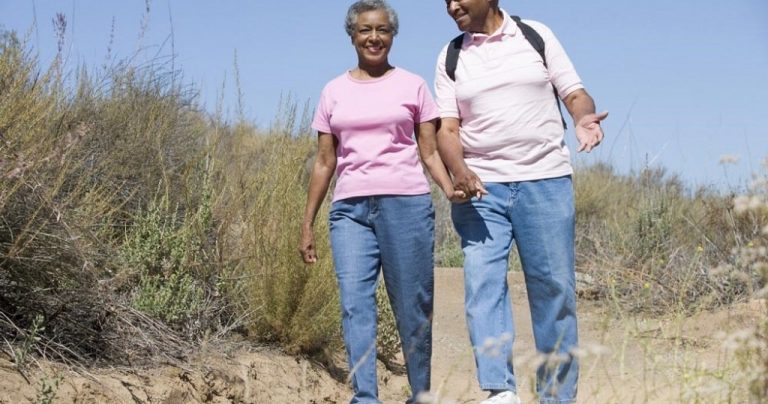
The Cost of a Fall
“Fall” is Here: The Role of Physical Therapists in Reducing Falls Among The Elderly Population
Every year, 1 in 4 older adults aged 65 or older fall, but only half tell their doctor about the fall. Of those falls, 20% result in serious injury, either a fracture or head injury, adding up to a staggering 2.8 million people who sustain an injury from a fall. 800,000 hospitalizations occur every year as a result of injuries from a fall, about 40% of which are hip fractures. Falls are the leading cause of hip fractures in the United States, accounting for 95%! In regards to hip fractures, 25% of hip fracture patients will make a full recovery; 40% will require nursing home admission; 50% will be dependent upon a cane or a walker, and 20% will die within one year of the fall.
If those numbers sound scary, they should, especially when one considers the toll that treating those injuries can take on our health care system, more specifically, the Medicare system. Together, it is estimated that direct medical costs for fall injuries cost $31 billion each year, 2/3 of which is due to hospitalization costs with the average fall-related hospitalization costing $30,000. Those who have fallen are 50% more likely to fall again so you can see how the costs of falls can add up quickly and the entire health care system can become burdened by those costs.
So how can health care providers prevent falls, injuries, and identify those who are at risk for falling? That is where a Physical Therapist can become a key player in the health care team.
Physical Therapists see a variety of conditions and diagnoses with associated pain. However, these same patients who come to our clinics for pain may also be the same ones who are at a higher risk for falls, or injury from falls, and we need to know how to identify the risk factors and address them. Medication side effects, weakness, vitamin deficiency, poor vision, pain, footwear, home environment, and balance all need to be assessed and addressed with our older patient population.
Most falls occur as a result of any combination of these risk factors, many of which can be addressed through the following skilled Physical Therapy interventions.
- Therapeutic exercise to improve strength in the lower quarter
- Balance specific training to improve balance and vestibular function
- Home safety assessments and recommendations to remove throw rugs, install grab bars and handrails
- Patient education regarding footwear or assistive device use such as a canes or walkers
- Communication with primary physicians and pharmacists regarding patient medication
There are countless research articles that outline and support the use of resistance-based strengthening exercise either alone or in conjunction with balance exercises for preventing and reducing falls in the elderly population. In fact, studies have shown that exercise therapy is far more effective than home assessments or fall education alone.
By screening our elderly patients for risk factors, regardless of fall history, and assessing strength, balance, vision, gait pattern, and reviewing medications and home environment, Physical therapists may be able to identify those at risk for falls even before they fall and implement strategies to reduce those risks, greatly reducing the risk of injury and mortality among the elderly.
Reference Article Links
EFFECTS OF A FALL PREVENTION EXERCISE PROGRAM
FALL PREVENTION PROGRAMS AND QUALITY OF LIFE IN OLDER FALLERS
The medical information contained herein is provided as an information resource only, and does not substitute professional medical advice or consultation with healthcare professionals. This information is not intended to be patient education, does not create any patient-provider relationship, and should not be used as a substitute for professional diagnosis, treatment or medical advice. Please consult with your healthcare provider before making any healthcare decisions or for guidance about a specific medical condition. If you think you have a medical emergency, call your doctor or 911 immediately. IvyRehab Network, Inc. disclaims any and all responsibility, and shall have no liability, for any damages, loss, injury or liability whatsoever suffered as a result of your reliance on the information contained herein.